There are some worthy landmarks that really deserve to make your Roman bucket list. Some of them are so famous, and so repeatedly depicted in various media, that it’s just unthinkable not to visit them while you’re here. Conveniently, all of them are located in the central part of the city. Vatican City has several. The Piazza del Popolo is a montage of photographic backdrops. The Spanish Steps are even lovelier in person than in film, and worth the climb for the view from the top. These highlights are just the tip of the iceberg. Rome’s history is extensive, and so is the list of wonderful places to stop and bask in the heritage.
Saint Peter’s Square is a great place to start
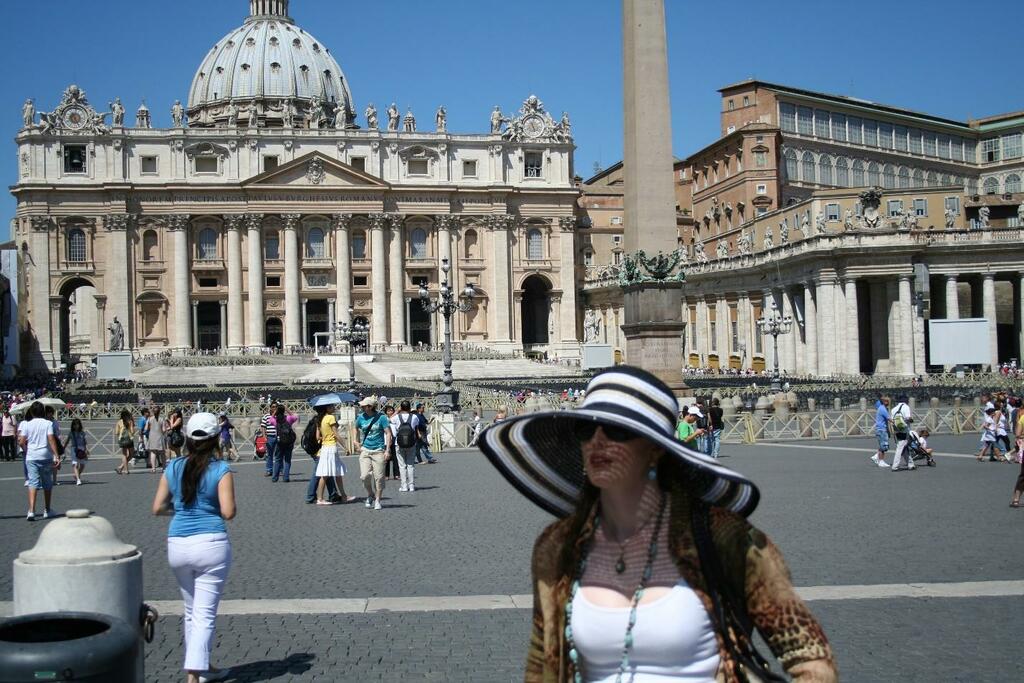
Vatican City is welcoming to tourists, whose visits help fund the politically independent city. Ladies should note that, because of the buildings’ religious nature, when entering them, attire must be respectfully modest, in line with the preferences of the Catholic Church. Those with bare shoulders are turned away. (This traveler buttoned her blouse most of the way up, just to be safe!)
Saint Peter’s Square is lined by colonnades and punctuated by a red granite obelisk brought from Heliopolis in Egypt. The floor of the square is vast, designed for as many people as possible to see the Pope offer his blessing. The line waiting to enter the basilica and the Vatican Museums is long, and ends up curving around the oval colonnades. This line can take a while, so bring a large hat and sunscreen.
Reserve a full day to see Vatican City
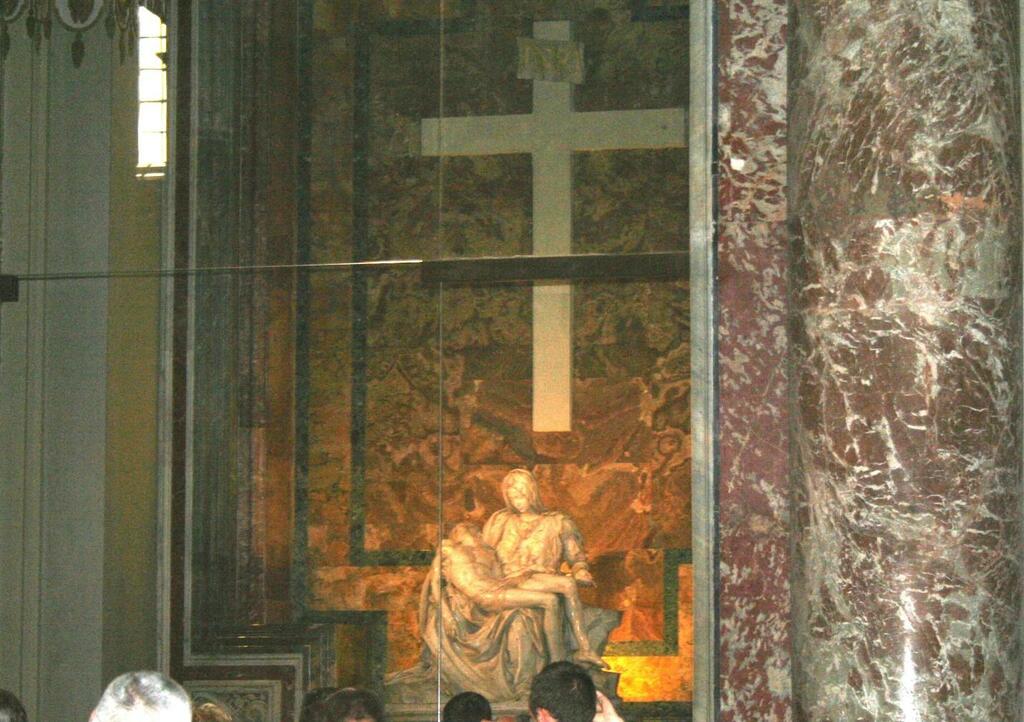
Admittance is free into the basilica, and visitors will recognize numerous famous sculptures throughout. Every square inch of the walls is beautified by some form of architectural interest. Corinthian marble columns, cherubs carved into the walls, and ornate ceilings are everywhere.
To access the Sistine Chapel and the museums, tickets are modestly priced at about 17.50 USD (16 EUR). The endless rooms of the museums are filled with gorgeous antiquities. Part of what makes the attraction so wonderful is that much of the artwork is the architecture itself. It’s hard not to look away from the items on display, and just gape at the walls, ceilings, murals, and floors. You’ll want to take the time to see it all, and that’s easy because there’s a little cafeteria available to duck into. It’s not restaurant-quality food, but it’s convenient and inexpensive.
The most coveted part of the visit, of course, is the Sistine Chapel. It’s not a huge space, and guests are herded in at intervals. A couple of docents periodically call out, “SILENZIO,” reminding everyone the chapel deserves reverent silence. You just stand quietly in the space, nearly shoulder to shoulder with a lot of other people, and marvel at seeing one of the most famous paintings in the world with your own eyes. No photography is allowed (although many manage to snap pictures without attracting the ire of the staff).
Stroll around the Piazza del Popolo
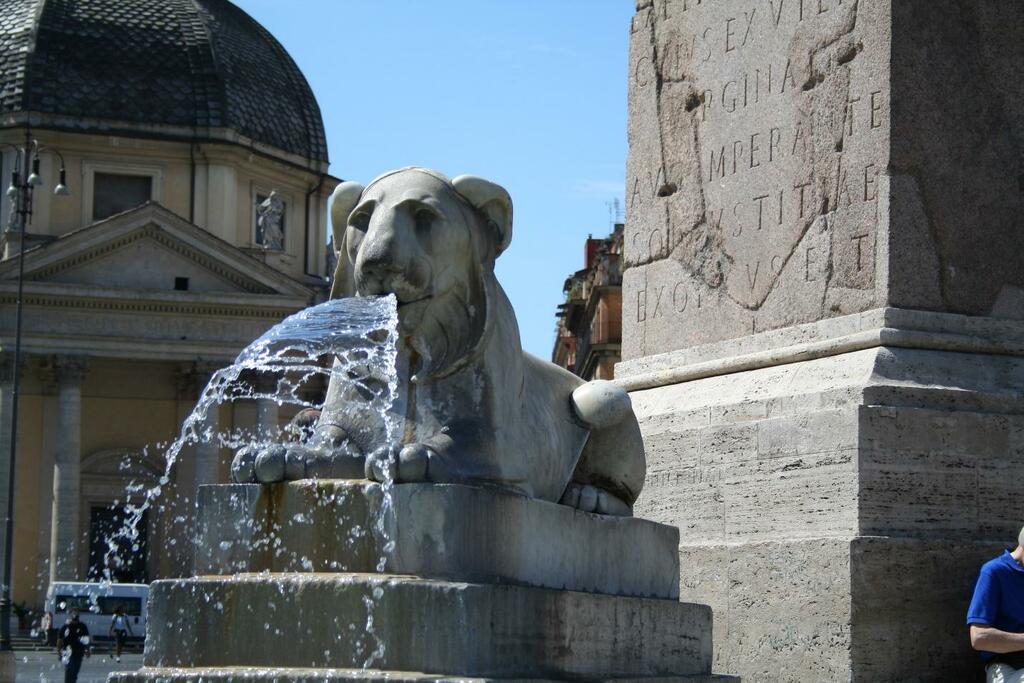
Everyone has seen the lions of the Piazza del Popolo (People’s Square) in numerous images. But who can boast having touched them? Cooled off in their waters? It’s easy to do if you are in the piazza; there is no barrier between people and the structures. Just don’t let the authorities catch you actually IN the fountain pools – that’s frowned upon.
The Piazza del Popolo is surrounded by famous structures. The Porto del Popolo, one of the gates of the Aurelian Walls, serves as the main entrance. The matching Marian churches mark the trident, or three streets that branch away from the square on its south side. The eastern and western walls are marked by fountains, one for Neptune, the other for Rome herself.
Be wary about peddlers. There are too many here to buy from them all. They take advantage of this high traffic tourist area to sell Asian-style parasols and fresh-cut roses. Men travelling with a significant other are prime targets, and these salesmen are really good at using the romantic setting to inspire the purchase of a romantic gift.
You might be interested in these Airbnbs!
Make a trek up the Spanish Steps on your Roman holiday
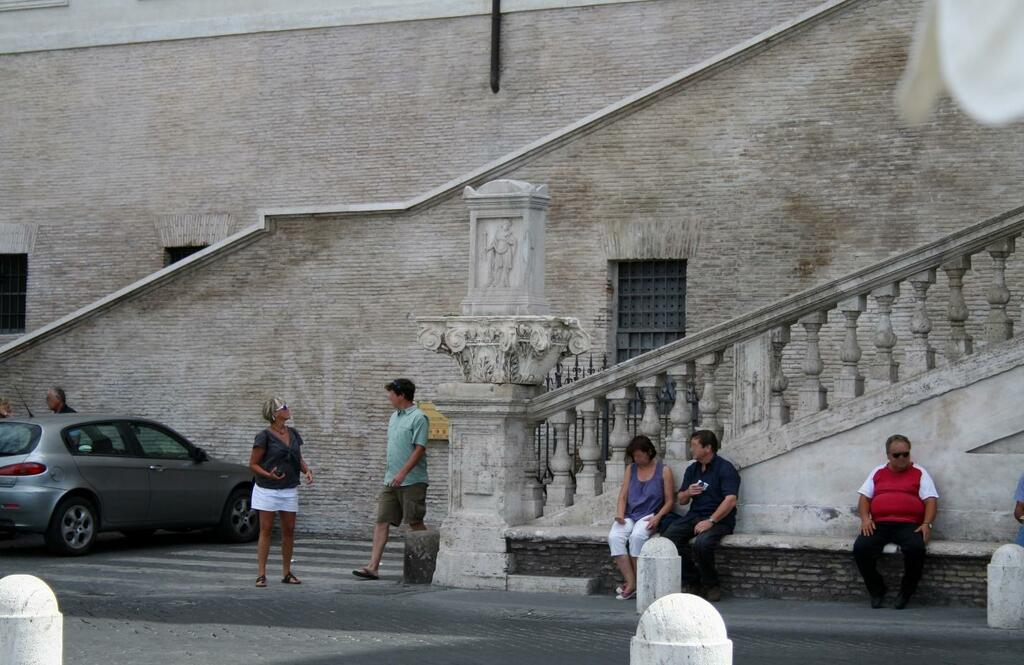
The Spanish Steps were made famous to U.S. audiences in 1953 when Audrey Hepburn starred in Roman Holiday. Since that time, the steps have featured in numerous films and song lyrics. They’re beautiful, and a more recent feature by Roman standards, completed in 1725.
It’s a bit of a hike at 135 steps, but you barely notice: at every level there’s a new vantage point with new photo opportunities. On any given day, tourists flock to climb the famous stairs, yet the work is large enough it doesn’t get crowded. Once you get to the top, you’ll be happy you made the climb. The view is charming in all directions, and not at all typical of a city-scape in the western hemisphere.
Rome Tour Guide
Jamie
Tours by Jamie
Picturesque and famous architecture is everywhere
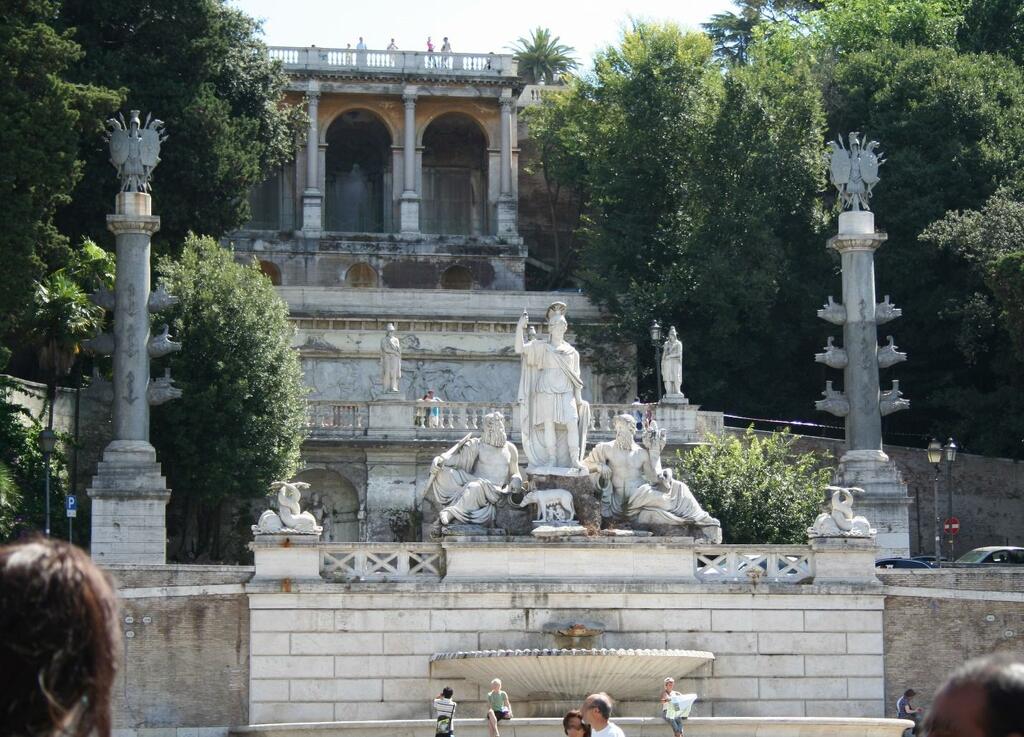
The historical hotspots here are just a small portion of Rome’s beautiful heritage. As you trek and wander the streets, it’s impossible not to see places everywhere that you’ll recognize. Unless you have the luxury of an extended stay in Rome, you’ll never have the time to see them all, so do a little research before you go and make a prioritized list.
Appreciate history at Piazza Del Campidoglio - contributed by Tour Guide, Jamie
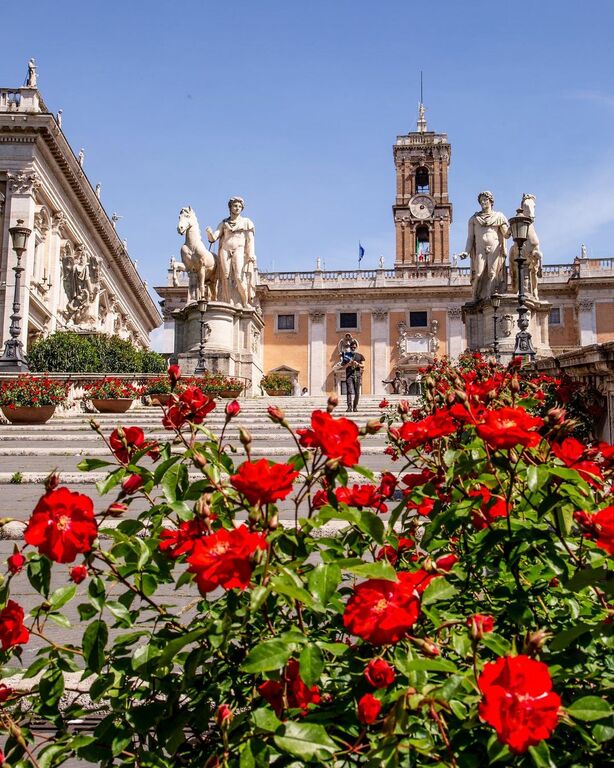
Take the time to visit the vibrant Piazza Del Campidoglio to appreciate remnants of the city’s great history through its grand architecture and intricate statues.
Did you know that even the colors here are significant? Red in Roman times represented Mars, the God of War, who according to legend, was the father of the twins Romulus and Remus. Romans who could afford it wore red to show prestige and give off a warrior vibe.
Yellow, on the other hand, was both a color of the elite and everyman. The distinction came from the richness of the color. The rich wore deep yellows that were dyed with saffron and looked like gold. Whereas, the poorer man would wear lighter yellow clothing that had been colored with a dye produced from the weld plant, which was much more cost-effective to produce.
Roman Signature Places
Whatever your vision for the ideal Roman holiday, it won’t be complete without visiting some of the places that have become pictorial, iconic representations of the city.
History
Get Trip101 in your inbox
Unsubscribe in one click. See our Privacy Policy for more information on how we use your data






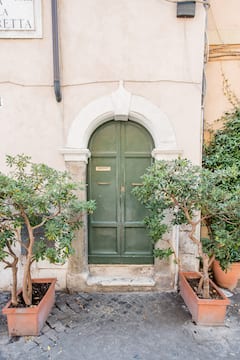




.jpg)









Create an account to